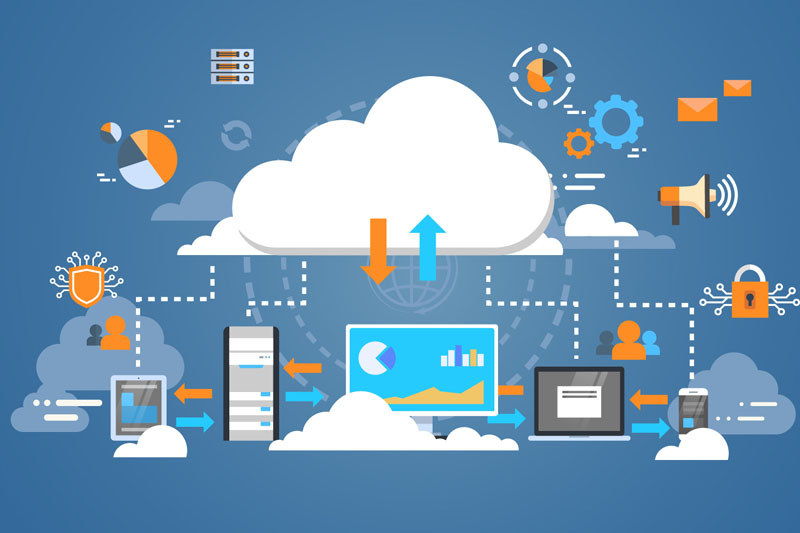Infrastructure as Code
Cloud infrastructure is a potential money and time consumer if you aren’t careful. As your business takes off and suddenly, the infrastructure in place can’t keep up with the demand your new applications are placing on it, you will likely notice that your performance decreases, and those old configurations begin costing you a lot of money.
So, how can you avoid that problem? By using the infrastructure as a code approach. Instead of manually managing your cloud infrastructure, which can be tedious and expensive, the automation of the code will take care of those issues before they have a chance to arise. The code defines the infrastructure, and then your program reads those definitions and builds the infrastructure for you.
CI/CD Pipelines
CI stands for continuous integration, and CD stands for continuous delivery, but what do those phrases actually mean? They are processes in the DevOps framework that are specifically made to give you fast and comprehensive software development, something every business wants.
Continuous Integration is when you continuously combine all of the codings in software development. One example of this might be using a main repository for all of the code after it has been written and formatted. Most companies achieve this through automated tools and processes. When you are constantly combining the code into a repository, and everything is completely available for testing, your iterations naturally speed up. The centralized code also enhances communication between teams, and that increased collaboration often leads to the best results.
On the other hand, continuous delivery takes the CI further, all the way to the release of the software. Most companies use them both because one is not a replacement for the other. Those CI codes are automatically released after testing to hurry up and start performing more tests on the code. Again, this encourages constant collaboration with testers and builders, which can lead to builders knowing in advance what aspects of the code need to be modified instead of plodding through the entire build, making the same mistakes over and over again before the tester finally catches it.
Microservices
As the name implies, microservices are miniature services that are loosely coupled and easily maintained because of their small size. They are valuable because having microservices that multiple apps need means that you don’t have to create the same services repeatedly. Instead, your various applications can simply use the same microservice. That speeds up the time to market and increases reliability. Since it is so small, it is easy to troubleshoot and fix microservices if anything ever goes wrong.
Pantek Puts the Focus on Your Company
Pantek has many years of experience strategically advising our customers on their cloud environments and building their applications to take full advantage of the cloud’s amazing features. We look at the big picture, including development methodologies to help your company reach its business objectives and help your teams design the right apps for your company.

